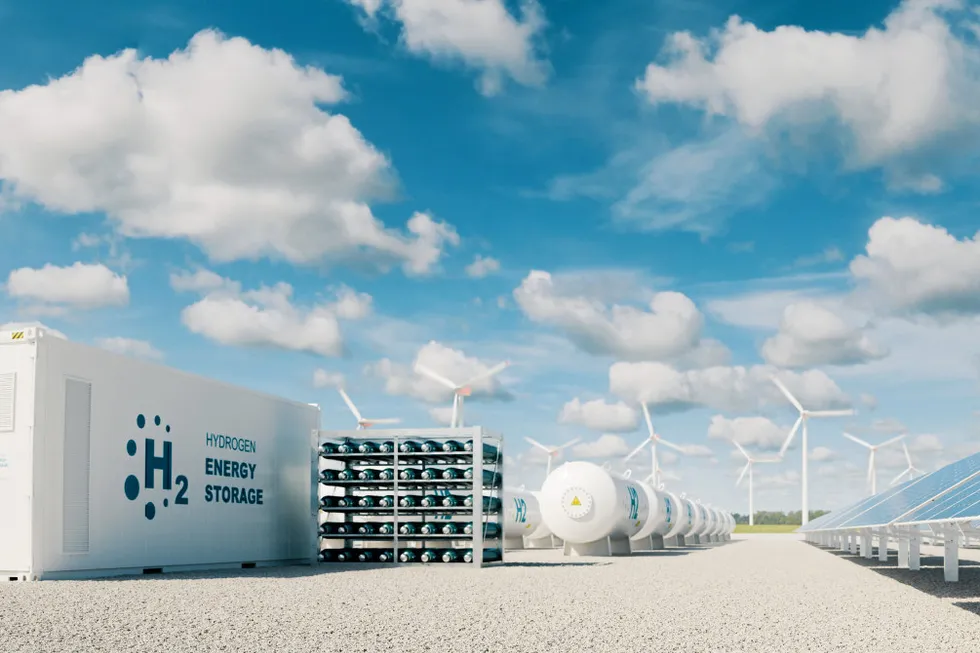Global hydrogen demand to more than triple by 2050, driven by power generation, aviation and industry: analyst
Two thirds of the H2 available by mid-century will be green and 16% blue, says report by S&P Global Commodity Insights

Two thirds of the H2 available by mid-century will be green and 16% blue, says report by S&P Global Commodity Insights
